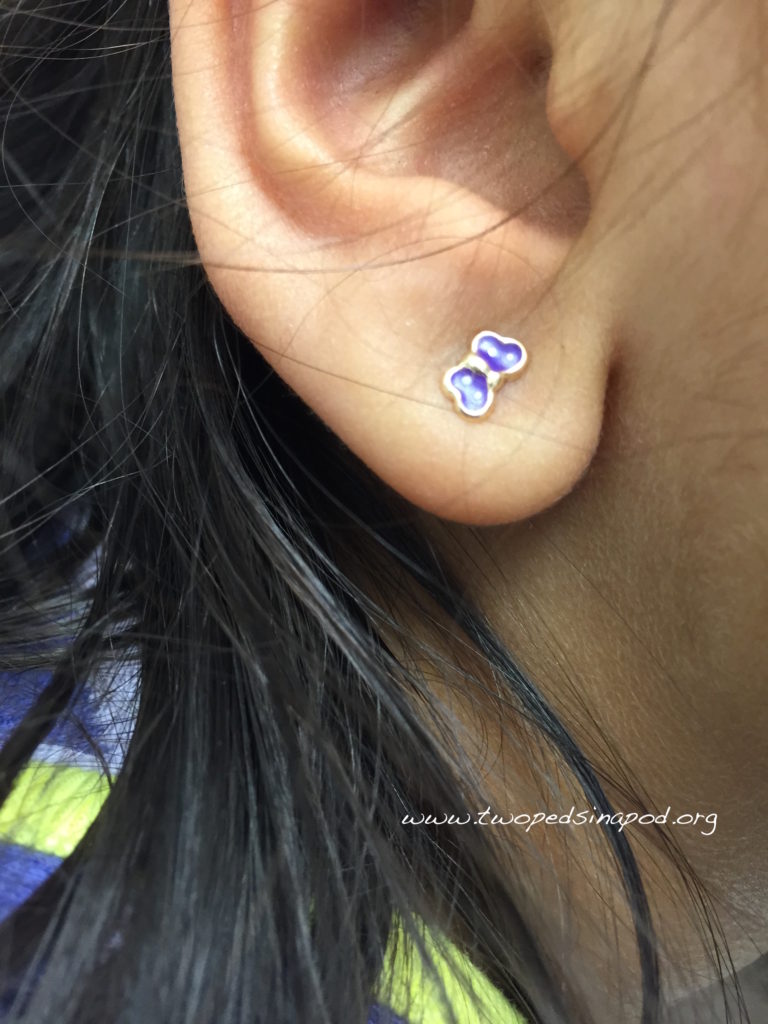
Photo credit: Lexi Logan
Back by popular demand: our picky eater post, with bonus recipes at the end.
“You just don’t appreciate a picky eater until you have one.” –Overheard at Dr. Lai’s dinner table
Picky eaters come in two major varieties.
One kind is the child who eats the same foods every day and will not vary her diet. For example, breakfast is always the same cereal with milk and a banana, lunch is always peanut butter and jelly, and dinner is some form of chicken, rice, and peas. This diet is nutritionally complete (fruit, vegetable, protein, dairy, carbohydrate) but is boring to the parent.
The other kind of picky eater is the child who leaves out entire food groups, most commonly vegetables or meat, or leaves out meals, such as always eats breakfast but never eats dinner.
My twins, when younger, ranged from the One Who Tried Anything to the One Who Refused Everything! My oldest child lived on cheerios and peanut butter and jelly for about two years, but now he eats crab legs and bulgur wheat and sushi. My point: I feel your frustration, and I will give you advice that works as well as optimism and a new way of thinking about feeding your children.
Fortunately, from a medical point of view, toddler/children nutrition needs to be complete as you look over several days, not just one meal. For example, if every three days your child has eaten some fruit, vegetables, protein, dairy, and complex carbs, then nutritional needs are met and your child will thrive. Of course, if your child’s pediatrician has determined that your child is not growing appropriately, you may need to look “beyond the picky” into medical causes and treatments of poor growth.
Ways to outwit, outplay, and outlast picky eaters
- Never let them know you care about what they eat. If you struggle with your child at mealtimes, she will not eat and you will continue to feel bad about her not eating. Talk about the day, not about the food, at mealtime. You want your child to eat for the simple reason that she feels hungry, not to please you or anyone else, and not because she feels glad or mad or sad. Also, refrain from cooking a “special meal” for your toddler. Typically once a toddler catches on that you desperately want her to eat your cooking, she will refuse it.
- Do let them help you cook. Even young children can wash vegetables and fruit, arrange food on platters, mix, pour, and sprinkle ingredients. Older kids can practice reading aloud from recipes and can help measure. Kids are more apt to taste what they help create.
- Let them dip their food into salad dressing, apple sauce, ketchup, etc., which can make their food more appealing or interesting to eat.
- Hide more nutritious food in the foods they already like. For example, carefully mix vegetables into meatballs or meatloaf or into macaroni and cheese. Bright green smoothies hiding kale and other greens are very popular. See the recipes at the end of this post for Zucchini chocolate chip muffins and Magic Soup.
- Remember to offer foods that YOU do NOT like– your kids might like them! Here is an example: When my children were toddlers, we decorated Easter eggs at Dr. Lai’s house with her children. My kids asked if they could eat their decorated hard boiled eggs. Understand that hard boiled eggs is one food that I do NOT like. I don’t like their smell, their texture, and I really do not like the way they taste. Yet, all three of my kids, including my pickiest, loved those hard boiled eggs dipped in a little salt. Go figure. I had found an inexpensive, easy, healthy protein source to offer, even though I can’t stand the way my kitchen smells when I cook them.. but hey, if my kids actually EAT them…
- In the same vein, offer foods that you assume they will not like. Dr. Lai was shocked to find that her pickiest eater enjoyed hot and spicy food.
- Continue to offer foods even if your picky eater refuses them. Don’t force feed, just have them on the table. It could take 20 or 30 exposures before your kids might try them so do not despair. It took EIGHT YEARS of exposure to broccoli (one of my personal favorite vegetables) until two of my three kids decided they love it too. One still does not eat it. And that’s ok.
- Hunger is the best sauce. Refrain from offering junk food as snacks or as reward for eating “real” food. Pretzels, crackers, cookies, candy, cake, and chips have NO nutritional value yet fill up small bellies quickly. Your insightful child will HOLD OUT for the junk and refuse good nutrition if they know they can fill up on snacks later. Along the same line, avoid bribing food for food. Chances are, if you bribe eating vegetables with cookies, the focus for the rest of the meal will be on the cookies and a tantrum will follow. You and your child will have belly aches from stress rather than full bellies. While it is tempting to let your child gaze all day, this will simply fill your child up so that she does not feel hunger at a meal or snack. Beware, even water can suppress the appetite.
- If the goal is to have your children eat real food, then avoid “fake food.” Pouches with pureed fruit/veggie/cereal combos, fruit bars, fruit juice, protein shakes, and Puffs all may have nutrients but often have much sugar that grazes teeth and do not teach young taste buds the texture and flavors of healthier versions of actual fruits, vegetables, cereal, and protein sources such as meat.
- It is okay to repeat similar meals day after day as long as they are nutritious. We might like variety as grownups but many toddlers and young kids prefer sameness and predictability.
- Avoid becoming a “short order” chef. Picky eaters quickly take advantage of their power to make parents prepare multiple meals and likely end up not eating anyway. When your child says “I don’t want this! I want something else!” at breakfast, lunch, or dinner, you can answer calmly but firmly, “The meal is on the table.” It’s okay if they eat only one of the foods on the table. Next week she might try another. A different approach that some families use is to have one back-up meal that is the same every day for every meal and must be completely non-cook and nutritious. Examples are low sugar cereal and milk, peanut butter and jelly sandwich, yogurt with nuts or fruit mixed in, etc. that you agree to serve if your child does not want to eat what the rest of the family is eating.
- You can give your child a pediatric multivitamin. This tactic is not giving up or cheating. It can give the Parent as Provider of Nutrients peace of mind. You can give the multivitamin every day or just on the days that you are convinced that your child has eaten nothing.
- Read Green Eggs and Ham, by Dr. Seuss, to your young picky eater. It stars a picky eater who becomes convinced to “try them.” You may, however, need to learn to make green eggs!
Zucchini muffins ( or just call them “green muffins”)
3 cups flour, 1Tbs baking powder, 1 tsp salt, 1/2 tsp baking soda 1 1/2 tsp cinnamon, 1/2 tsp nutmeg
2 eggs, 1/2 cup low-fat milk, 1/2 cup canola or vegetable oil, 1 cup sugar, 2 cups shredded zucchini – approximately 2 medium zucchini- leave skins ON. OPTIONAL (but yummy): 1/2 cup mini chocolate chips
Preheat oven to 375F.
Stir together flour, baking powder, salt, baking soda, cinnamon, and nutmeg.
In separate bowl, beat eggs with electric mixer x 1 minute. Beat in milk, oil, and sugar. Stir in zucchini until well blended.
Add flour mixture to batter a bit at a time and stir to mix.
Mix in chocolate chips, if desired.
Spoon into greased muffin tins or place paper muffin liners, sprinkle tops of batter with a bit of sugar or “cinnamon sugar”
Bake 20 minutes, or until tops are golden brown and spring back when you touch them.
Magic Soup recipe
Take a large soup pot. Add raw chicken parts (breasts, thighs- bones add to the flavor) and cover with water.
Add onion, carrots, celery, cauliflower.
Flavor with salt, small amount of pepper, and any spice you like- I use tarragon but you can also use cilantro, parsley, curry powder, ginger.
Bring to boil, then cover and simmer for approximately 2 hours. toward the end, add some nappa (Chinese cabbage) or regular cabbage, cook until cabbage is wilted.
Serve to picky eaters: pull out the soft chicken pieces to pick up, pull out cooked vegetables – good finger food as well. Serve the broth in a cup. Most vitamins are water soluble, which means that even if your child only drinks the soup or if you pour the soup over something your child already likes such as noodles or rice, they are still getting all of the nutrition from your soup (hence, “magic soup”).
Julie Kardos, MD with Naline Lai, MD
©2016, 2013,2009 Two Peds in a Pod®


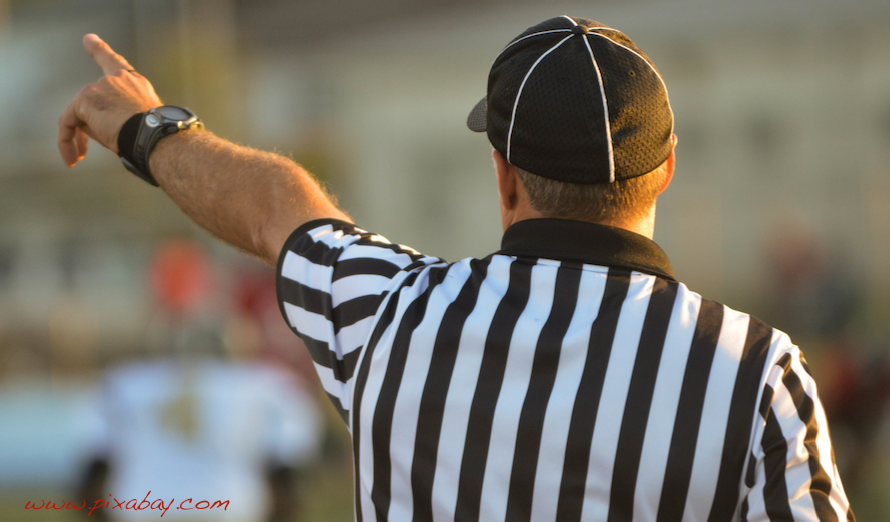
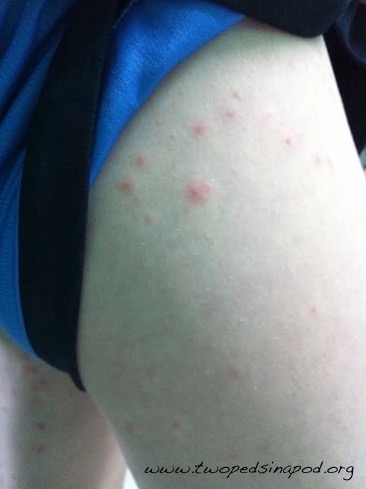
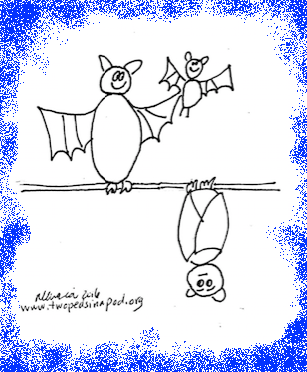
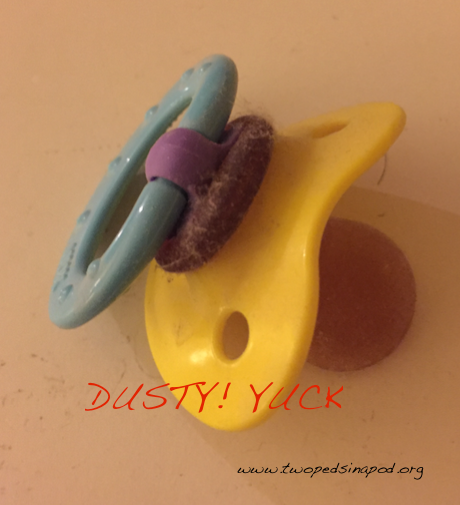

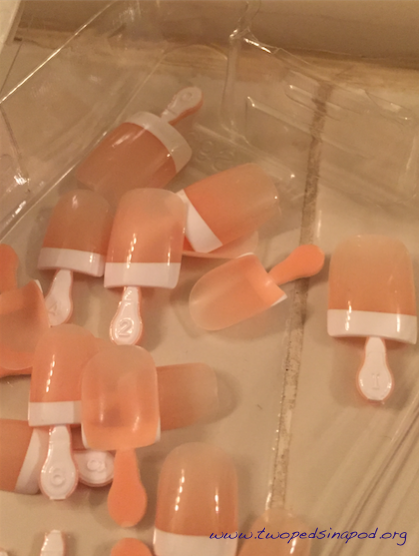
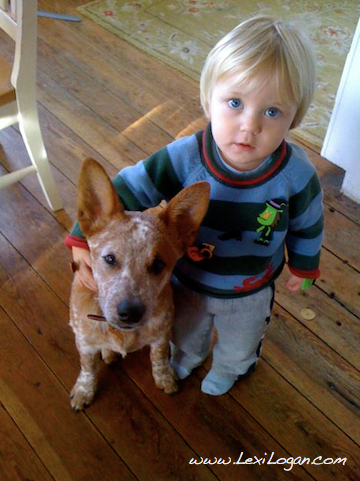 Many of our patients have dogs in their homes, and many families choose to adopt a dog during summer. Unfortunately, dog bite rates are also highest in summer, and occur most often in five to nine year olds, according to the Centers for Disease Control. Today we re-post tips on how to introduce a dog into a home with children and how to best avoid dog bites. We thank our expert consultant, veterinarian Sharin Skolnik, DVM.
Many of our patients have dogs in their homes, and many families choose to adopt a dog during summer. Unfortunately, dog bite rates are also highest in summer, and occur most often in five to nine year olds, according to the Centers for Disease Control. Today we re-post tips on how to introduce a dog into a home with children and how to best avoid dog bites. We thank our expert consultant, veterinarian Sharin Skolnik, DVM.